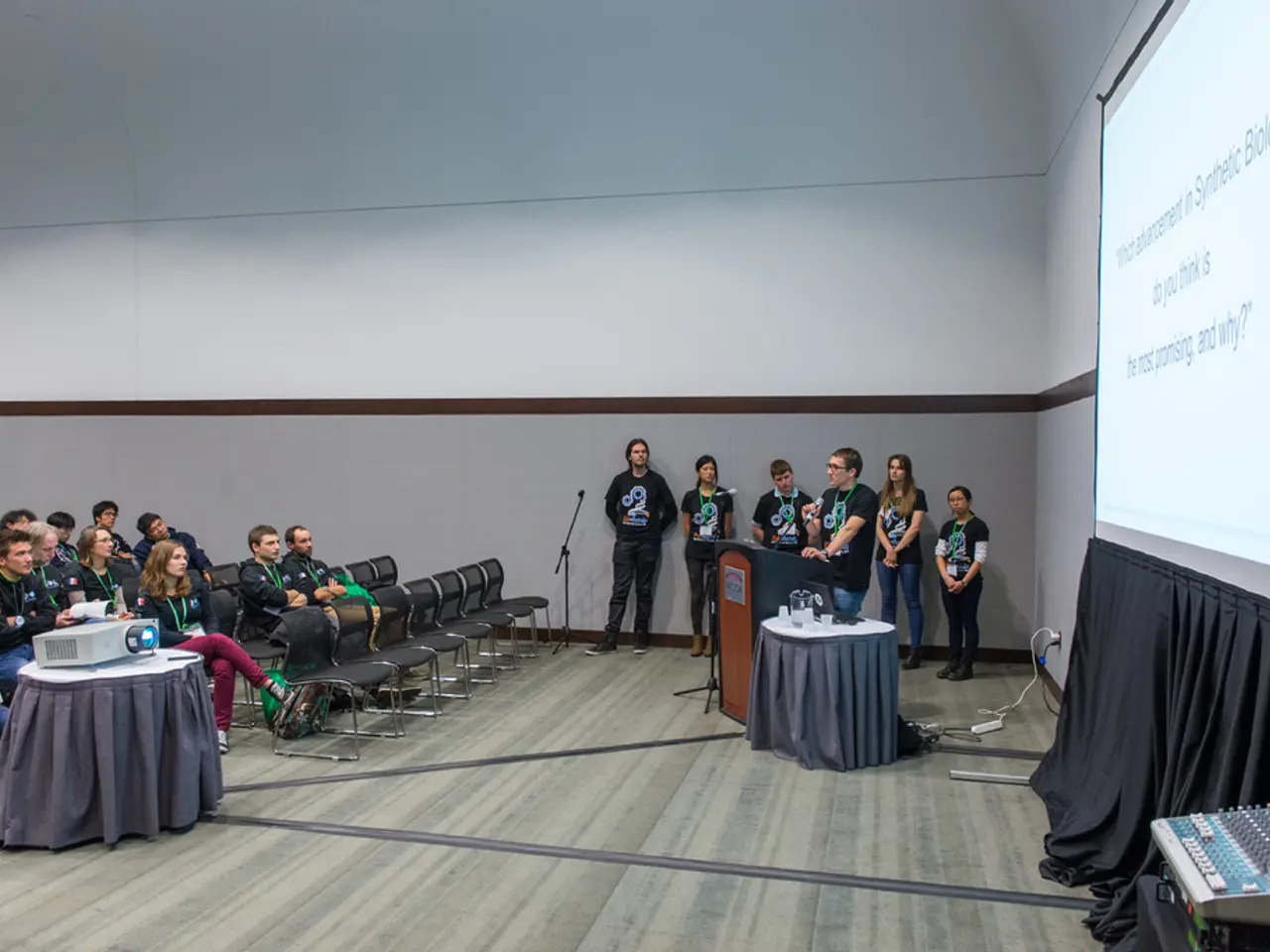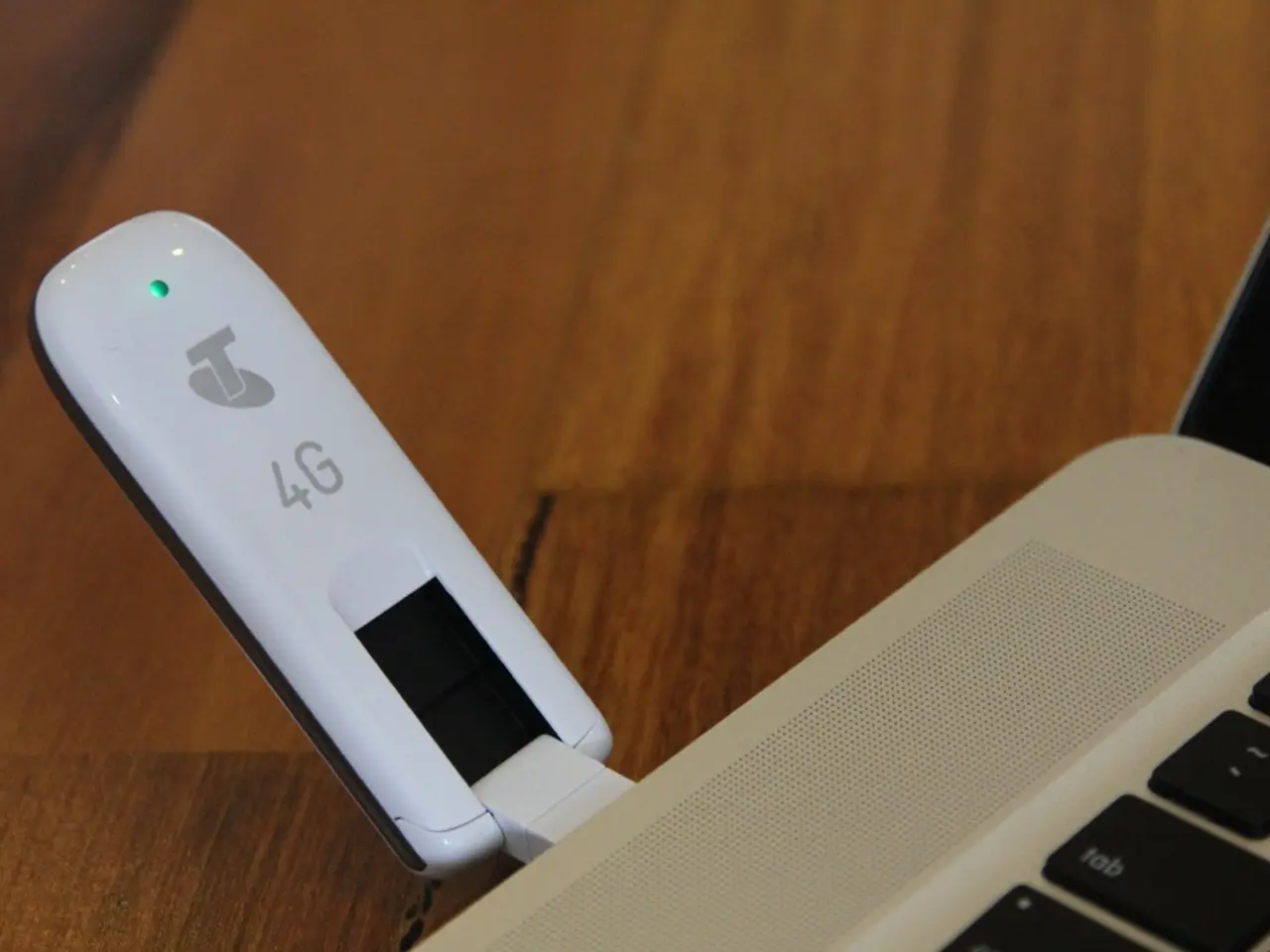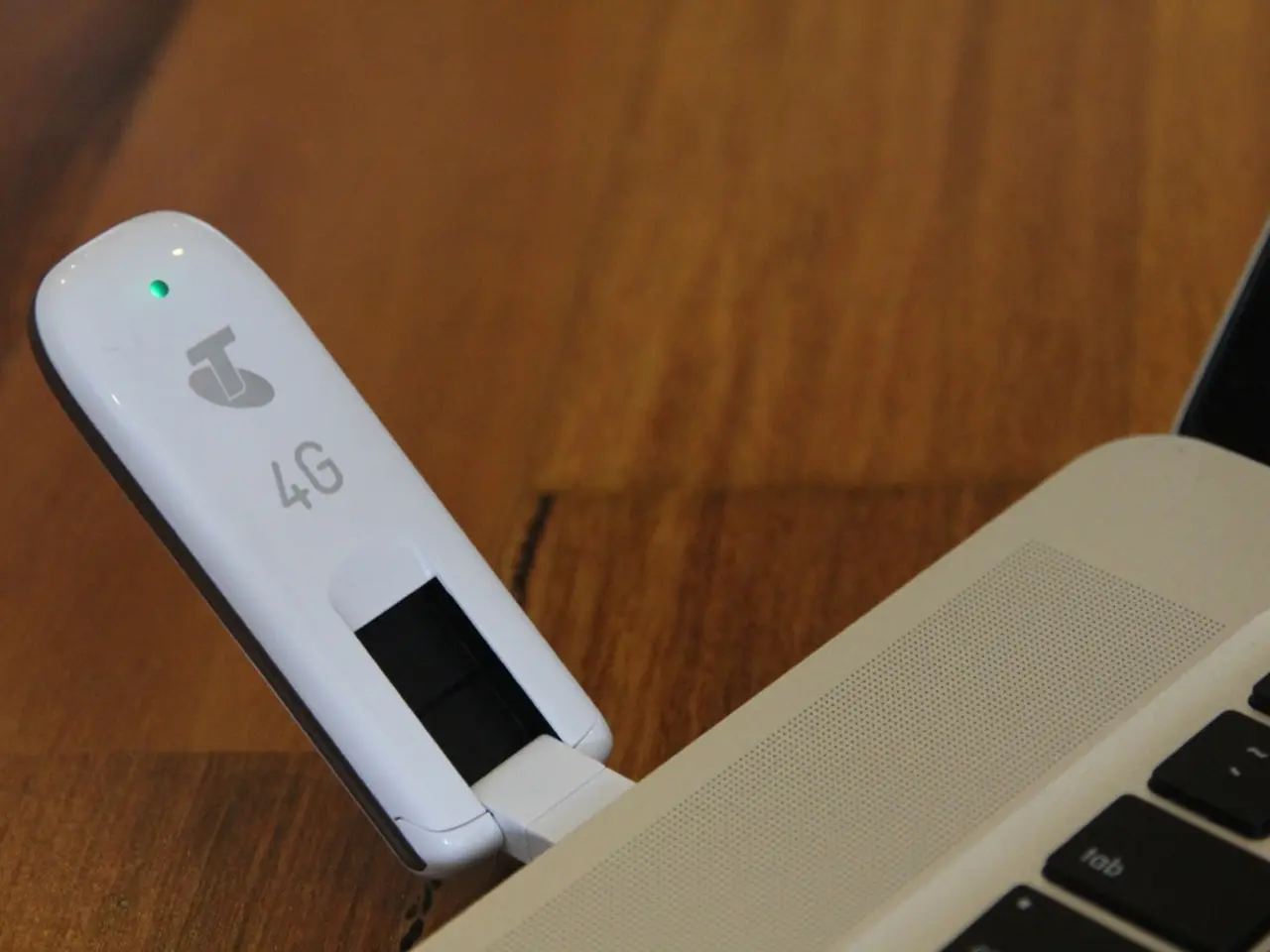Cost of Spotify: A Breakdown
In the world of music streaming, three giants stand out: Spotify, Apple Music, and YouTube Music. Each offers a unique blend of features and pricing to cater to different tastes and budgets. Let's take a closer look at what each service has to offer in 2025.
Student Plans
All three services provide a student plan at a discounted rate. Spotify and Apple Music offer their student plans at $5.99 per month, while YouTube Music is estimated to be around $6 per month. These plans provide access to all premium features, including ad-free listening, offline playback, and high-quality audio. However, Spotify and YouTube Music's student plans require annual renewals to maintain the student discount, whereas Apple Music does not.
Individual Plans
Spotify's individual plan costs $11.99 per month, offering ad-free listening, downloading songs, personalized recommendations, high-quality audio, and 15 hours of audiobook listening time. Apple Music's individual plan is priced at $10.99 per month or $109 per year, which equates to about $9.08 per month with yearly pay. Both services lack a lossless audio option, but Spotify supports up to 320 kbps in Ogg Vorbis.
YouTube Music's individual plan is estimated to be around $10 per month, offering a variety of features similar to Spotify and Apple Music. However, the exact pricing has not been confirmed for 2025.
Duo Plans
Spotify offers a Duo plan for two users at $16.99 per month, while Apple Music does not have a similar offering. YouTube Music's duo plan is estimated to be around $13 per month.
Family Plans
All three services provide family plans, which allow up to six people to share a subscription. Spotify's family plan costs $19.99 per month, while Apple Music's family plan is priced at $16.99 per month. YouTube Music's family plan is estimated to be around $15 per month. Spotify's family plan includes options for kids' accounts and explicit filter control.
Free Tiers
Spotify offers a free, ad-supported tier, which includes access to the Spotify library, podcasts, and audiobooks with ads and limited features. Apple Music does not offer a free tier, but it often has extended trial promotions like a 6-month deal at a low one-time price for new subscribers. YouTube Music also provides a free, ad-supported tier.
In summary, Apple Music offers competitive subscription pricing with a focus on high-quality audio and Apple ecosystem integration, without a free tier. Spotify is slightly more expensive but includes a free option and more social features. YouTube Music falls in between regarding price and offers a free tier with video content integration. Each service has its strengths, and the choice ultimately depends on your preferences and needs.
- In the realm of personal finance, there might be an app developed that offers a student plan for discounted rates, similar to Spotify, Apple Music, and YouTube Music, catering to individuals with tighter budgets.
- For those seeking personal-finance calculators, there could be a tool that provides personalized recommendations on credit usage, budgeting, and forecasting future expenses, much like a technology-driven music streaming service.
- Just as Apple Music offers a high-quality audio option, a personal-finance app could potentially incorporate a feature that offers advice or guidance on investments with minimal risk, operating under the principle of quality over quantity.
- Much like YouTube Music's duo plan, a personal-finance app could also provide a family plan, allowing multiple family members to share a subscription and manage their finances collectively.
- Similar to Spotify's free, ad-supported tier, some personal-finance app developers might consider offering a limited free version that provides access to basic features, perhaps as a means to attract new users and demonstrate the benefits of upgrading to a premium plan.




